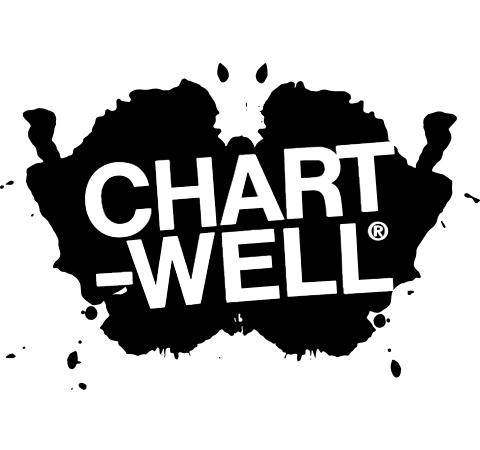The Body Reborn

The Body Reborn
-
Where
Auckland Art Gallery Toi o Tāmaki
-
When
2 June 2018 - 13 April 2020
The Chartwell Collection work featured in this exhibition was a large painting by Maria Olsen, Cauldrons, (1986). In the late 1980s, the subject of cauldrons was a familiar theme in Olsen's work, and it links her with other feminist painters of the time. A few years earlier, her work included wrapped sculptural objects such as Embrace (1985), also in the Chartwell Collection.
As art historian Elizabeth Eastman wrote in Art New Zealand’s Issue 26 (1983):
Her work was linked “in a very general sense with recent feminist art, where content is a primary concern. Not that Olsen's works have a particularly feminist content: but at the same time, I feel there is much about her method of working, her use of materials, that has links (connections rather than influences) with recent art by women artists both in New Zealand and elsewhere...Such use of the techniques of binding, bondage, bandaging, wrapping, can be actions of healing, protection, nurture. The Cauldron works also have this sense of mystical healing properties."
The Body Re-Born, was curated by Nigel Borell and Julia Waite. They wrote:
"The 1980s was a progressive decade in Aotearoa New Zealand and notable for the rise of the feminist art movement and the Māori women’s art movement. The Body Re-Born considers the diversity of ideas, concerns and politics that women across both movements were experiencing and responding to. A key concern of feminism was the drive for political, economic, personal and social equality between the sexes. Reclaiming ‘the body’ as a site of power and emancipation was a prominent theme. Trailblazing feminist painters Jan Nigro and Jacqueline Fahey used wit to disrupt tradition and the ideal of the classical nude in art history, while Carole Shepheard presented interior conversations about the female body and subverting the gaze.
Robyn Kahukiwa, Emily Karaka and Kura Te Waru Rewiri were some of the first artists to embody issues of Māori women’s sovereignty within their art work. They gave voice and visibility to Māori women, foregrounding issues related to nature and nurture, motherhood, the kōhanga reo movement (Māori language nests), Papatūānuku (the land), the Treaty of Waitangi, and the loss of land. They were also associated with the mana wahine movement, which was about making visible the narratives and experiences, in all of their diversity, of Māori women. Collectively, these movements were successful at bringing attention to the lives and diverse realities of women in this time."

